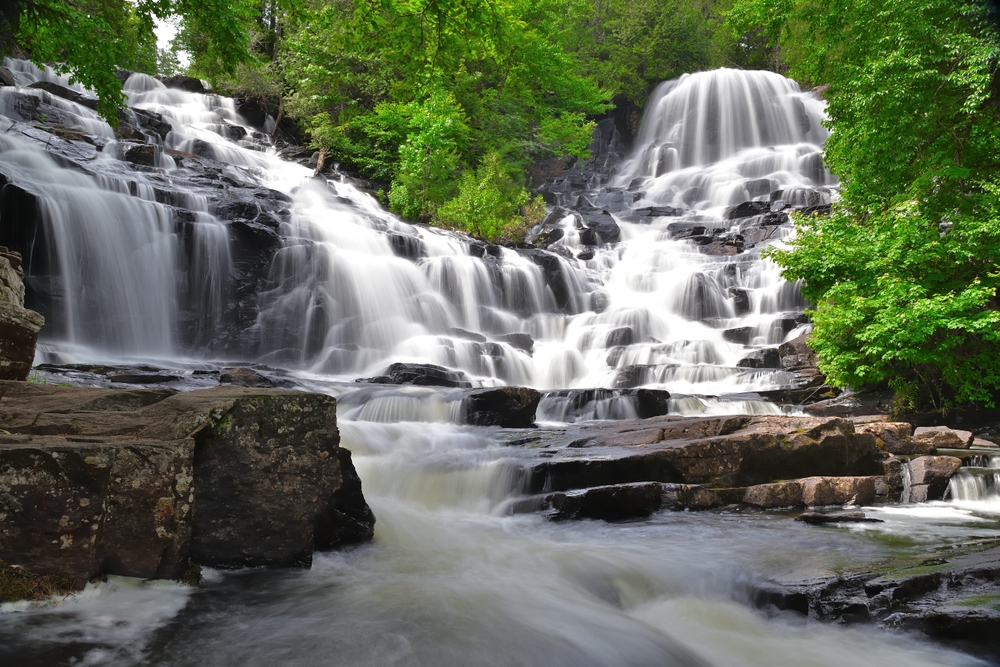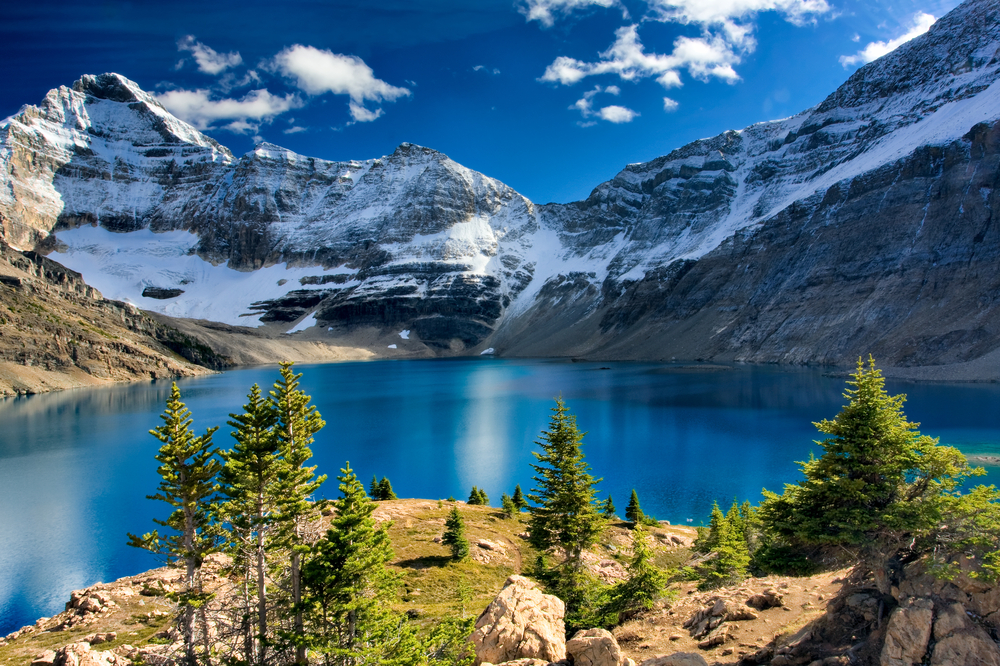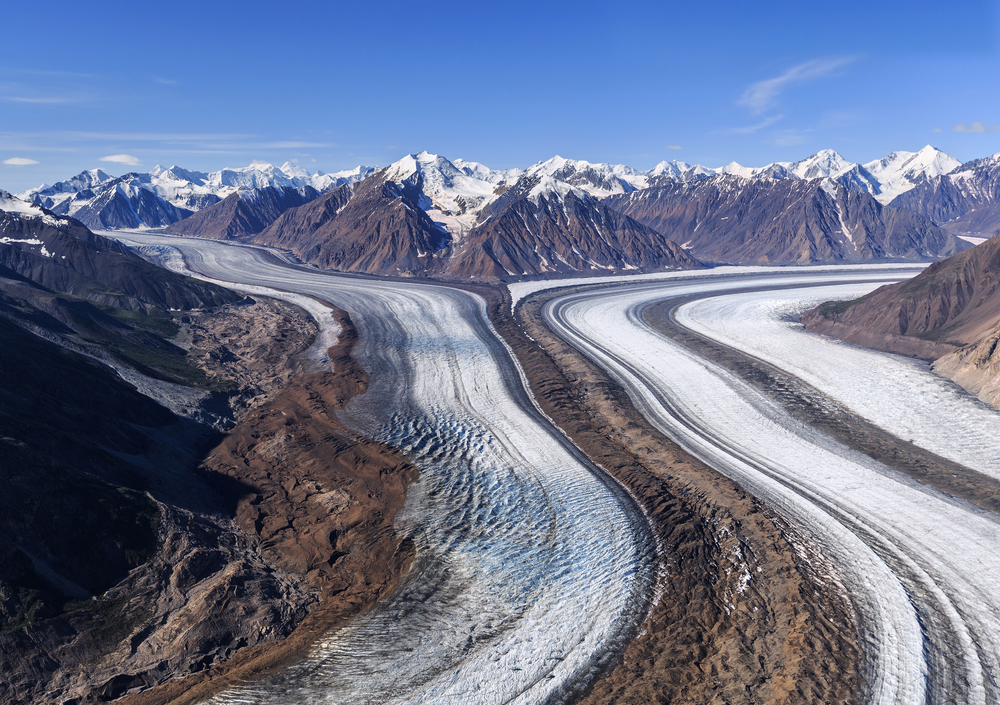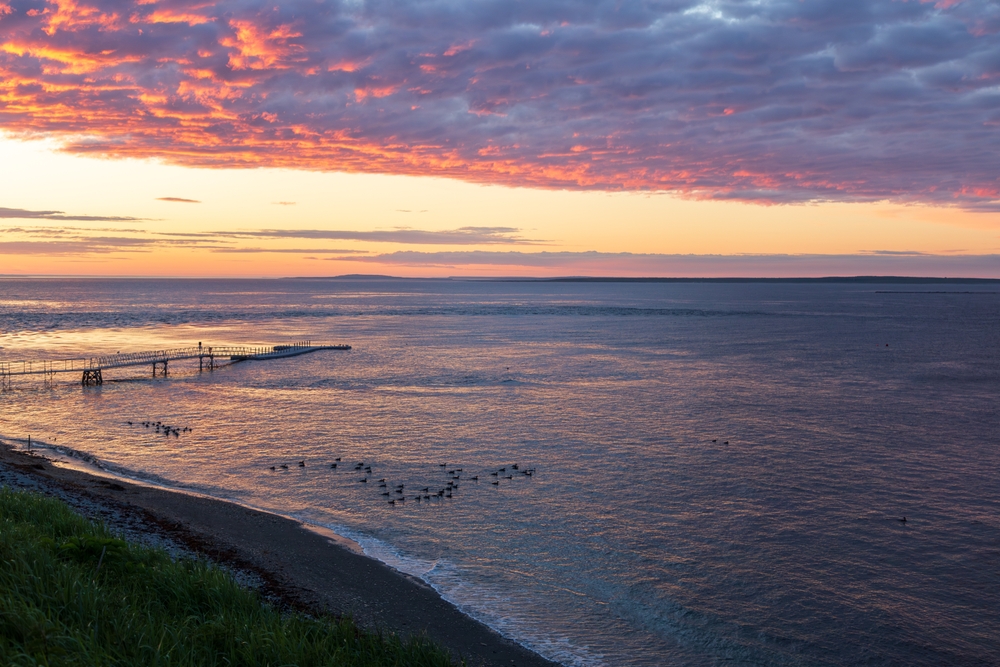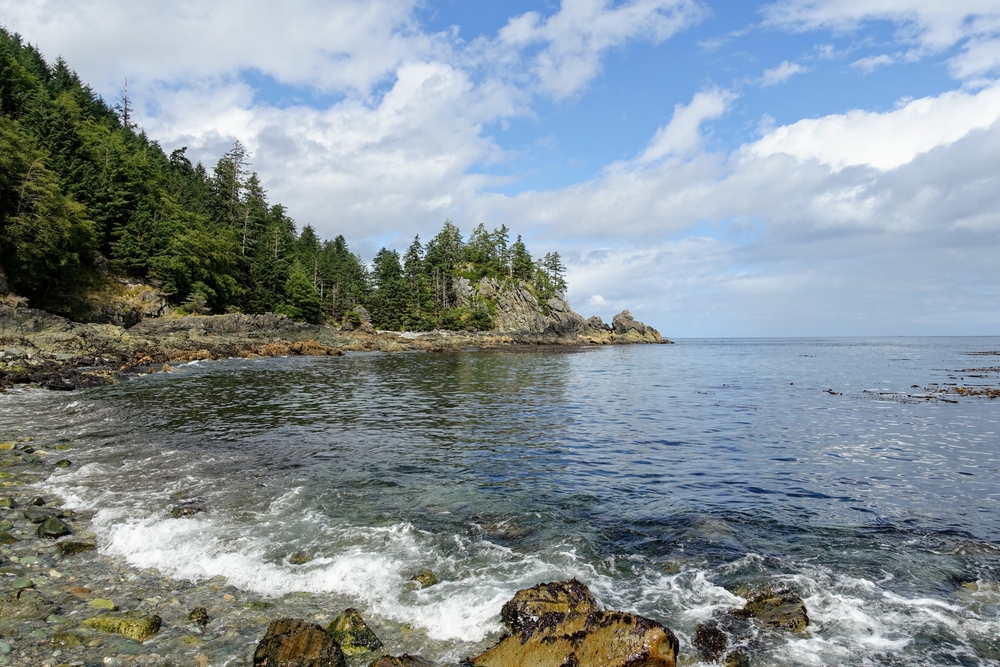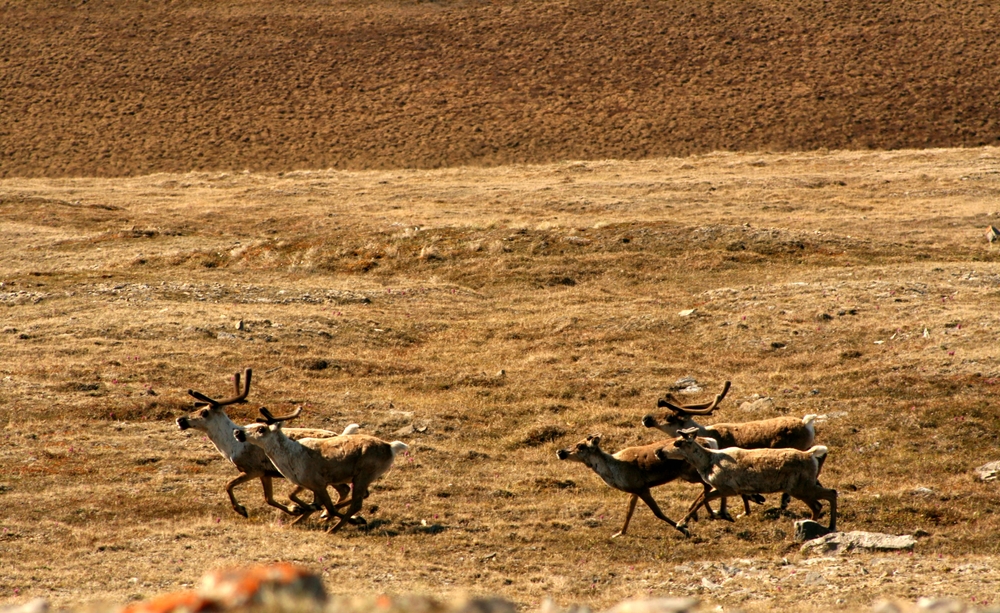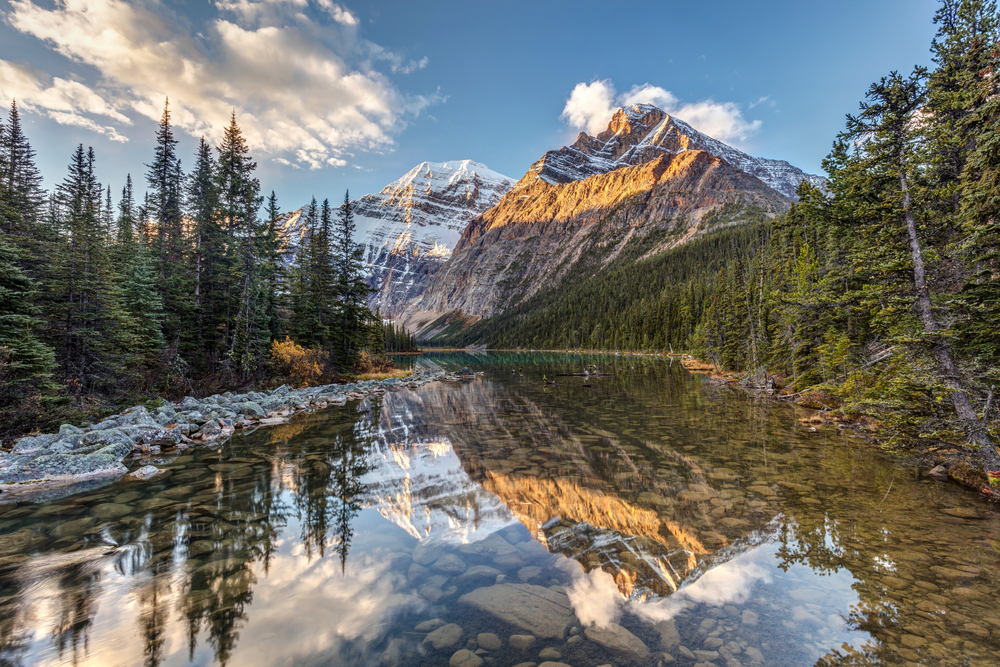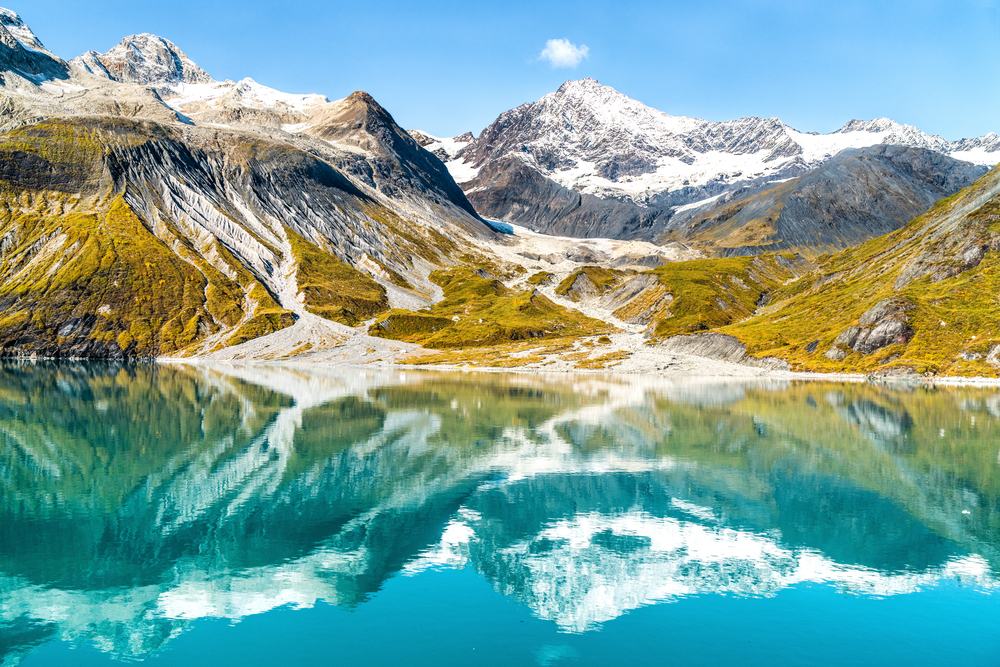La Mauricie Overview
La Mauricie National Park, or Parc national de la Mauricie in French, is a stunning expanse of protected wilderness located in the province of Quebec, Canada. Encompassing 207 square miles (536 square kilometers), the park is situated in the Laurentian Mountains, a region known for its rolling hills, dense forests, and abundant waterways.
Positioned between Montreal and Quebec City, the park offers a tranquil escape into nature while remaining accessible from major urban centers. The landscape is defined by its undulating terrain, numerous lakes, and scenic river valleys, making it a prime destination for outdoor enthusiasts.
Among its notable features, Wapizagonke Lake stands out with its elongated shape, strikingly clear waters, and a picturesque waterfall known as Chutes Waber, which is a favorite spot for visitors seeking a rewarding hike and scenic view.
The park’s ecosystem is dominated by boreal and mixed forests, with a rich variety of tree species including sugar maple, yellow birch, and balsam fir. The autumn season transforms the park into a vibrant mosaic of red, orange, and gold, drawing photographers and nature lovers alike.
In addition to its forests, the park’s numerous lakes and rivers provide a habitat for a wide range of wildlife. Among the most iconic species found here are the moose, black bear, and white-tailed deer, all of which roam freely through the dense woodlands.
Smaller mammals such as beavers, red foxes, and porcupines are also commonly seen. The park is an excellent bird-watching destination, with species such as the common loon, barred owl, and pileated woodpecker adding to its rich biodiversity.
La Mauricie National Park is widely known for its outdoor recreational opportunities, drawing visitors throughout the year. Canoeing and kayaking are particularly popular due to the park’s extensive network of lakes and rivers, allowing paddlers to explore serene waterways surrounded by pristine wilderness.
Fishing enthusiasts can try their luck at catching brook trout in the park’s clear waters. In addition to water-based activities, the park boasts over 50 miles (80 kilometers) of hiking trails that range from easy nature walks to more challenging backcountry routes.
The trail to Chutes Waber is one of the most sought-after hikes, leading adventurers through lush forested paths before arriving at the stunning waterfall. During the winter months, the park transforms into a wonderland for snowshoers and cross-country skiers, offering groomed trails that wind through its snowy landscape.
One of the key conservation challenges in La Mauricie National Park is the ongoing effort to maintain and restore ecological balance within its forests and waterways. Efforts have been made to preserve native fish populations and protect fragile wetland habitats. The park’s management also focuses on sustainable visitor access, ensuring that human activity does not negatively impact the natural environment.
Conservation successes include the reintroduction of certain plant species and improved awareness of the park’s ecological importance through educational programs and interpretive centers. By balancing recreation with preservation, La Mauricie National Park continues to serve as a model of sustainable wilderness management while offering an immersive nature experience for visitors.








































































